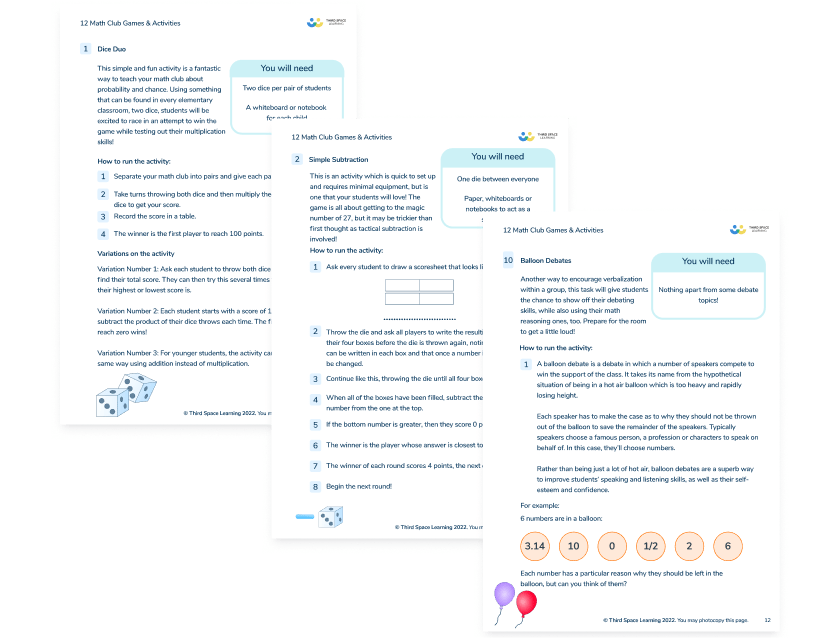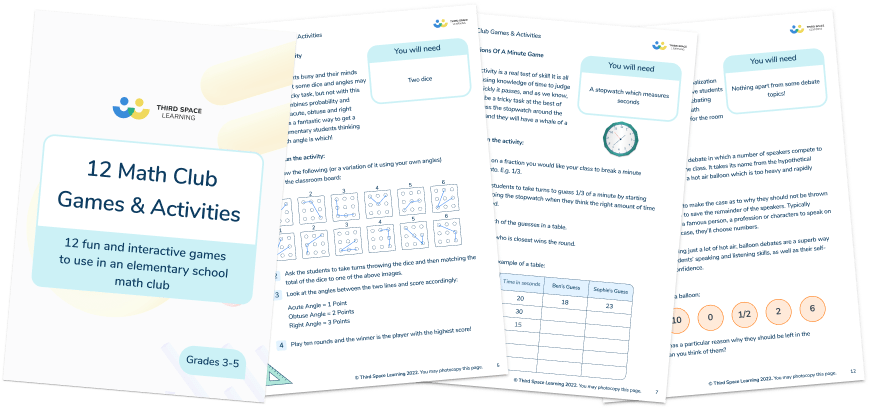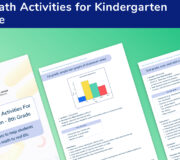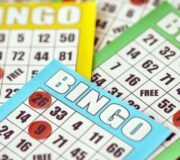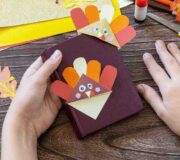19 Fun End of Year Math Activities For Elementary School
Fun math activities should be a part of every teacher’s toolkit for teaching at elementary school and younger students. And at the end of the year, fun math activities are not just recommended, they’re essential.
Whether you’re a 5th grade teacher, looking to reward your students for their hard work before moving on to middle school, or a 1st grade teacher, looking to build your students’ ability to reason in math and their number sense, now is the perfect time to bust out of the classroom and into the outdoors for some math fun.
Supporting students to have a positive relationship with math from a young age will have benefits from elementary to high school and beyond.
Our pick of fun math activities for the end of the semester
- 1. Stick numbers from 1 to 9
- 2. Angles and shapes activity with sticks
- 3. Take your math inspiration from Goldsworthy
- 4. Material measurement activity
- 5. End of year math daisy data handling
- 6. Measure me, treasure me fun math activity
- 7. Caretaker math investigation
- 8. Fun math activities counting leaves, twigs and branches
- 9. Mean, mode and median with leaves
- 10. Leaf sorting activity
- 11. End of year math activity with matchsticks
- 12. Algebra with sticks!
- 13. Wishing well math investigation
- 14. Leapfrog fun math activity
- 15. Riverside crossing math investigation
- 16. Water fun math investigation
- 17. Outdoor trails full of math
- 18. Sporting fun math activities
- 19. Grid math investigation
12 Math Club Games and Activities Grade 3 to 5
Download a free resource pack of interactive, fun maths games covering a wide variety of maths topics for elementary school
Download Free Now!They’ll get your students active, learning, and full of great math ideas that they can even do on their summer vacation to help limit their “summer slide”. Most importantly, they’re engaging and hands-on enough to keep them learning – even if they don’t realize it!
And don’t worry, in case of a less than perfect summer, we’ve made sure that most of these math activities can also still be done in the classroom.
Not feeling very summery?
If it’s a winter greeting you need right now, then we’ve got our 10 favorite Christmas math activities, a free Christmas math quiz, or some Christmas math lessons.
1. Stick numbers from 1 to 9
If you have school grounds with lots of twigs lying around, this activity is a must. If not, you can always ask children to bring them in.
Get children collecting twigs. Once they have plenty, their challenge is to make the numerals 1-9.
Can they make number 2 with 2 twigs? What about number 3 with 3 twigs, and so on? Can they spot the angles they make? Can they make a 3 with 3 angles? A 4 with 4 angles? A five with 5 angles?
How about Roman numerals? Could they make a clock face showing all the Roman numerals from I – XII? Let children snap sticks to size if they need to!
Finally, can children make sums using Arabic and Roman numerals? For example, 9 x VII = 63.
See also: 13 Outdoor Math Activities for Elementary School
2. Angles and shapes activity with sticks
Twigs are great for making shapes and demonstrating a variety of angles and take math manipulatives to a whole new level. Challenge children to make as many shapes as they can with right-angles.
Can they make a regular dodecagon? How many interior right-angles does this shape have?
Though twigs aren’t perfectly straight, they are a fun way to explore this math concept. Making right-angles can be great fun, especially when children are challenged to build a 2D shape such as a house or a boat.
Put children in a group and challenge them to make the biggest shape with 10 pieces of bamboo? Can they make a shape with 12 angles?
As an extension, can they make some 3D shapes, such as a tetrahedron using twigs and twine?

Meet Skye, the voice-based AI tutor making math success possible for every student.
Built by teachers and math experts, Skye uses the same pedagogy, curriculum and lesson structure as our traditional tutoring.
But, with more flexibility and a low cost, schools can scale online math tutoring to support every student who needs it.
Find out more
3. Take your math inspiration from Goldsworthy
This one is a great follow up to the stick-y activities and helps children discover the natural connection between math and art. Teaching math can be anything but uncreative! Link your twig math work to sculptor Andy Goldsworthy by encouraging children to design and build their own math outdoor works of art.
Show examples of his work to inspire children. Get them to combine materials to make different shapes and collect stones, flowers and twigs to create a special environmental art sculpture. As an added bonus, photograph their creations and put them up around your classroom to celebrate your math class’ creativity.
This math activity is perfect for the end of the year because it allows children to explore and become enthused about math in a natural way, far beyond the whiteboard and worksheets, so they look forward to coming back to math lessons after their vacation.
4. Material measurement activity
Ask children to explore outside and collect various natural materials such as sticks, leaves, pine cones, etc.
Next, ask them to measure their own body parts and compare their findings with the items. For example, how many pebbles does it take to measure your arms? How many leaves does it take to measure your leg? Discuss why results may vary.
5. End of year math daisy data handling
This end of year counting activity is probably best done outside. Mark out a quadrant on the grass and get children to count the numbers of daisies or flowers in a particular grassed area.
You can mark out the same sized quadrant in different areas, for example under a tree, by a fence or by a path. Then get children to compare the number of daisies in each section and show their findings on bar charts to practice their math skills and data handling.
For an extra challenge, ask how could they calculate the blades of grass in a specified area?
6. Measure me, treasure me fun math activity
This one is a classic that can be done outside or recreated in the classroom. Find the approximate age of a tree using just a tape measure or piece of string!
Children measure the distance around the trunk roughly one meter from the ground. As every 2.5cm of girth correlates to around one year’s growth, they can then work out the age of the tree.
For example, a tree with a girth of 100 cm will be roughly 40 years old (100 ÷ 2.5 = 40).
If you can’t get outside with your learners, just get them to stand still and recreate trees themselves to measure (they’ll have loads of fun pretending their arms are branches!)
7. Caretaker math investigation
Tell children they are going to help the school caretaker solve a problem: he has been asked to plant 10 trees in five rows, so that each row contains 4 trees. How would they do it?
For this problem, children can pretend to be the trees themselves and become part of the problem or they could use plastic marker cones.
Place them in groups and challenge them. Which group can solve the problem first?
Solution: the trees would be planted in a star shape (as below) with each tree planted at each apex and at each intersection point.

8. Fun math activities counting leaves, twigs and branches
Once again, these end of term math activities are great for the outdoors, but are easily recreated inside. Just create paper cut outs of leaves for children to work with.
Guesstimate the number of leaves on a deciduous tree. To work this out, children count the number of leaves on one twig, estimate the number of twigs on a branch and the number of branches, then using their math facts, multiply these numbers together to get a rough total. For example:
- Number of leaves on one twig: 12
- Number of twigs on a branch: 22
- Number of branches on the tree: 16
- Total number of leaves on the tree: 12 x 22 x 16 = 4,224
9. Mean, mode and median with leaves
Ask children to take a number of leaves from the same tree and then measure the length and width of each one. They can then record the range and calculate the average dimensions using mean, mode and median.
10. Leaf sorting activity
Collect together various leaves from around the school grounds or a local park/area. Then compare them by color, size, etc.
This activity is discussion-rich because leaves come in all shapes, sizes and colors. As such, children can talk in depth about these differences and how best to categorize them.
As an extension, why not conduct a survey of all the different types of trees in your area? You can record findings on a map with a key and then display the number of different types of tree on a bar chart.
11. End of year math activity with matchsticks
If you don’t have twigs, why not use rulers or glue sticks for this fun end of semester math activity. Or ask children to bring them in from their walk into school.
Use twigs to create a variety of ‘matchstick’ puzzles but on a larger scale.
Show children the matchstick picture and ask them to copy the shape below with their twigs. Then ask the question below. Then give the instruction:
Move two twigs to make 7 square rectangles
Can they work out what to do?
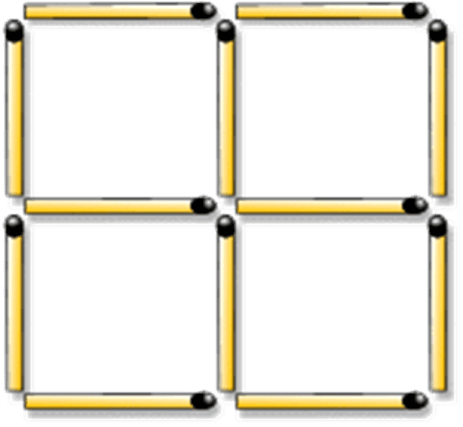
There are hundreds of matchstick puzzles to try, so you won’t run out. Take a look at Matchstick Puzzles or copy some examples from the internet to use as problem solving challenges outside.
Looking for more fun games to boost students’ learning? We’ve got several articles sharing all our best fun math games, including Math Games For Grade 2, Math Games For Grade 3, Math Games For Grade 4 and Math Games For Grade 5.
12. Algebra with sticks!
Twigs and sticks are superb natural materials for exploring patterns and for exploring algebra. For example:
- Shape 1 = 4 sticks
- Shape 2 = 7 sticks
- Shape 3 = 10 sticks
Following this logic, can children work out how many sticks would be needed for Shape 10 (a shape with ten square rectangles joined together)? Can they find a rule?

Children could also investigate different shaped patterns such as triangles or houses, like below:

Or, instead of twigs, you could make some patterns using stones instead and ask children to investigate the next pattern is a sequence like below:

Then you can challenge children to work out what the fifth and sixth shapes in the pattern would look like.
Can they develop an expression to show the number of stones needed for the nth shape? Take a look at Transum’s matchstick patterns for more ideas on what to do.
13. Wishing well math investigation
Word problems can offer a great opportunity to act them out on the playground or the field, at any grade level. Let’s look at an example below.
Tell children that a frog has fallen down a wishing well that is 21m deep. The frog jumps 3m every 15 mins then has to rest for 5 mins (the frog slips down 1m each time it rests). If the frog started at 6:00, what time did it reach the top of the wishing well?
For this, you could use a line on a field (or draw one). In a small group, children can re-enact the jumping and falling, measuring as they go.
Solution: it would take 195 mins to cover the distance so the correct answer is 9:15.
14. Leapfrog fun math activity
This leapfrog math problem is a great one to act out. You could use chairs as the lily pads, mark out lily pads on the playground or use hula hoops.
Here are the rules:
- There are two families of frogs – red and yellow (children can wear colored bibs to represent these).
- Each family contains 3 frogs.
- The red frogs live on the left of the pond, the yellow frogs on the right.
- One day they decide to swap places!
- There are 7 lily pads which the frogs must use to cross the pond.
- Frogs can only jump to empty lily pads.
- Frogs can only jump over ONE other frog at a time.
- Frogs don’t know how to jump backwards!
Can children master the sequence of moves and work out the minimum number of jumps needed to swap places?
Solution: the minimum number of jumps is 15.
As an extension, get them to try 4 frogs in each family with 9 lily pads. 5 frogs in each family with 11 lily pads. Finally, try 6 frogs in each family with 13 lily pads. Learning math has never been so active!
15. Riverside crossing math investigation
Another classic math investigation we all know and love. Learning activities involving “acting it out” help children to conceptualize their reasoning as well as having fun with math.
Here’s the story:
A farmer returns from the market, where she bought a goat, a cabbage and a wolf. On the way home, she must cross a river. Her boat is small and won’t fit more than one of her purchases.
As such, she cannot leave the goat alone with the cabbage (because the goat would eat it) and she can’t leave the goat alone with the wolf (because the goat would be eaten). How can the farmer get everything on the other side?
Solution:
1. Take the goat to the other side. 2. Return, pick up the cabbage and take that to the other side. 3. Now pick up the goat again and take it back to where it started. 4. Unload the goat, and pick up the wolf. 5. Take the wolf to the other side where you unload it and leave it with the cabbage. 6. Go back for the goat. Job done!
16. Water fun math investigation
Playing with water inside can always end badly for whoever has to clean up! So this one might be best done outside.
At the water tap, there are two containers: one holds 5 liters and the other holds 3 liters. How can you pour exactly 7 liters of water into a bucket?
Solution: fill the 5 liter container with water. Then pour 3 of the 5 liters of water into the 3 liter container leaving exactly 2 liters in the 5 liter container. Then pour these 2 liters into the bucket and then refill the five liter container and pour that into the bucket.
17. Outdoor trails full of math
There is a ton of math learning potential in any school ground, so plan a math trail or scavenger hunt. Grab a map and compass and plan a route for children to follow incorporating playground markings with fun math activities. Here are some examples of what you can include (with the topics they could cover, suitable for preschoolers up to middle school):
- Shape hunts – always a favorite (angles, perimeter, area, tessellation, symmetry)
- Minibeast areas (real data)
- Rock trails (timelines)
- Fencing, shelters and furniture (oblique lines, parallel lines, perpendicular lines)
18. Sporting fun math activities
The spring semester is a golden opportunity to do plenty of measurements in relation to a range of sports events: throwing the discus and javelin, sprinting, long jump, and more.
You can also teach children how to use and read a stopwatch or stopwatch timer on a device.
Plus, bean bag target practice is always a hit. This is where you make a target on the ground (usually concentric circles with values) and children throw a number of bags onto the target. They can then add up their score, or value.
If your school is holding a sports day this year, we’ve gathered several fun sports day math activities for elementary school here.
19. Grid math investigation
Make a 5 by 5 grid using string, or mark it out on the playground using chalk. It can also be done using a printable template if you need to do this inside and have students work in small groups. It doesn’t need to be big (although it can be!).
Tell the children that you have ten items (bean bags, cones, tennis balls) that need to be placed inside the grid. Ask them if they can place the objects in the grid so that no more than two objects lie in a line in any direction.
Solution:
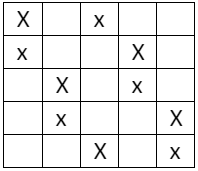
Looking for more fun hands-on activities for the end of semester math classes – or any other time in school?
Try some of these:
- 3 Summer Based Elementary Math Investigations
- 10 Ridiculously Fun Math Lessons For Elementary School
- Election Math Activities
Tweet us @thirdspacetweet and let us know how you get on with these math activities or, better still, send us a picture of your students doing them!
Read more: 23 Classroom Management Strategies
Do you have students who need extra support in math?
Skye—our AI math tutor built by experienced teachers—provides students with personalized one-on-one, spoken instruction that helps them master concepts, close skill gaps, and gain confidence.
Since 2013, we’ve delivered over 2 million hours of math lessons to more than 170,000 students, guiding them toward higher math achievement.
Discover how our AI math tutoring can boost student success, or see how our math programs can support your school’s goals:
– 3rd grade tutoring
– 4th grade tutoring
– 5th grade tutoring
– 6th grade tutoring
– 7th grade tutoring
– 8th grade tutoring
The content in this article was originally written by Ofsted inspector and a teacher John Dabell and has since been revised and adapted for US schools by elementary math teacher Christi Kulesza.
